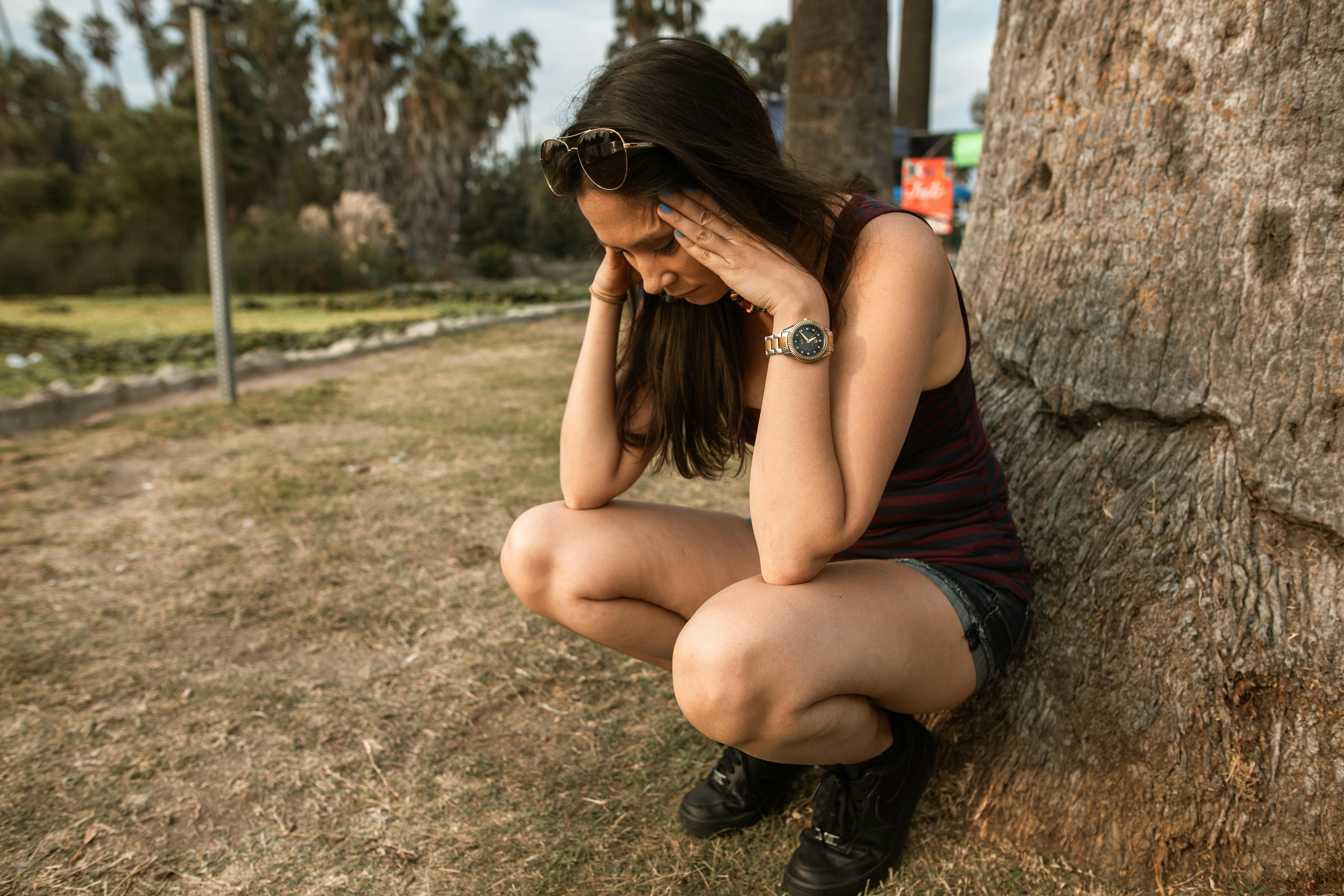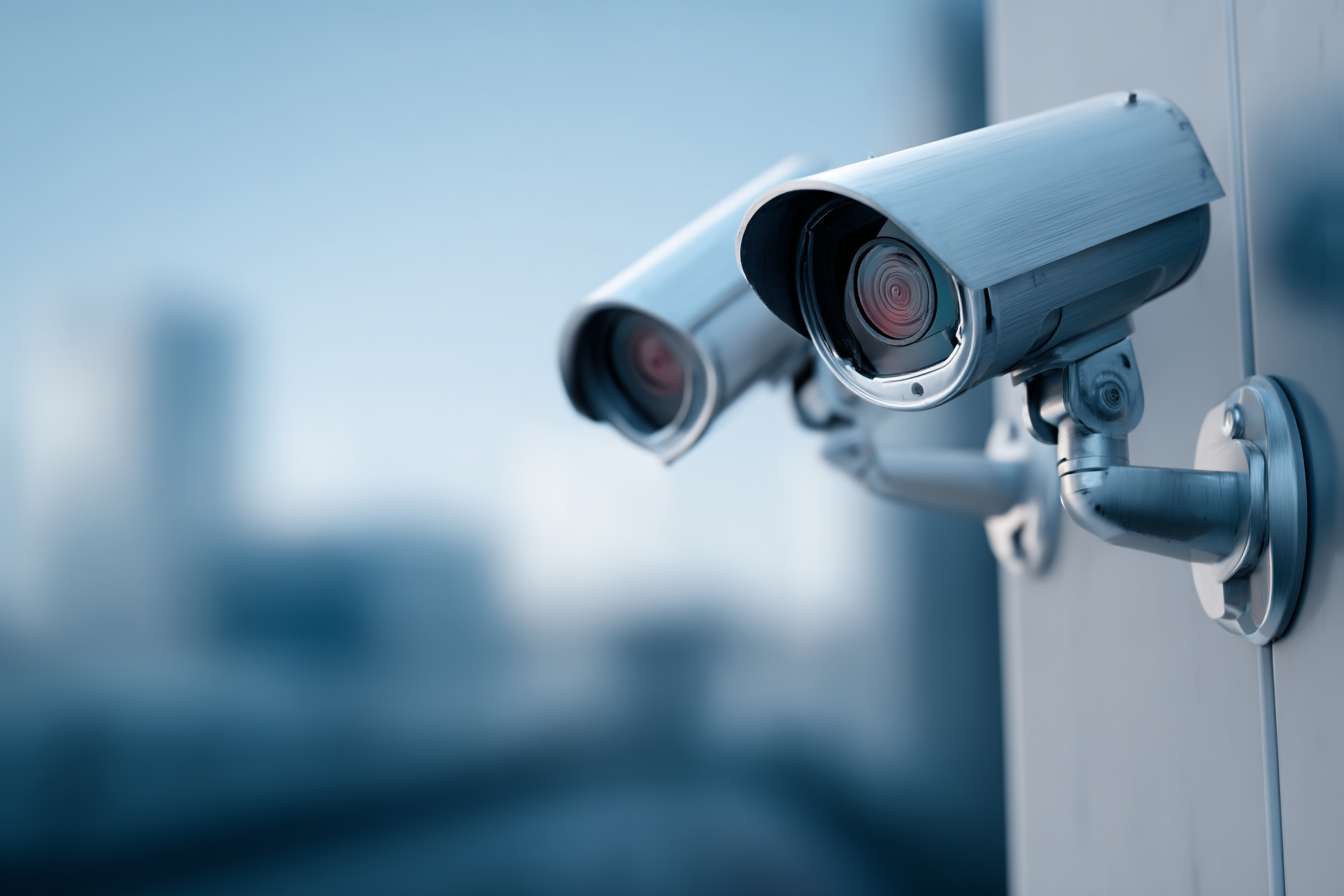Decoding Anxiety: Understanding its Roots and Modern Management
Anxiety, a state of unease, worry, or fear, is a universal human experience. At its core, it is an adaptive response designed to prepare the body for potential threats. However, when anxiety becomes persistent, disproportionate, or interferes with daily life, it may signal an anxiety disorder. In recent years, both the understanding and management of anxiety and related disorders have evolved significantly. This article delves into the roots of anxiety, its historical context, and the modern approaches to managing this often-debilitating condition.

The Historical Context of Anxiety
Historically, anxiety was not always considered a medical condition. It was often linked to moral failings, spiritual crises, or simply the human condition. This perspective began to change during the 19th and 20th centuries with advancements in psychology and psychiatry. Sigmund Freud, often considered the father of psychoanalysis, was among the first to classify anxiety as a mental disorder. He proposed that anxiety resulted from repressed, unconscious conflicts and could be treated through psychoanalytic therapy.
The 20th century saw the development of the first diagnostic criteria for anxiety disorders, catapulting our understanding of anxiety from a nebulous concept into specific, diagnosable conditions. This shift was accompanied by an increased focus on the biological mechanisms underlying anxiety, leading to the development of drug therapies.
Anxiety in the Modern World: Prevalence and Impact
Anxiety disorders are now recognized as some of the most common mental health conditions worldwide. According to the World Health Organization, an estimated 264 million people globally suffer from an anxiety disorder. The impact of these disorders is profound, affecting individuals’ physical health, social relationships, and economic productivity.
The modern world, with its constant connectivity and rapid pace, has been implicated in the rise of anxiety disorders. The prevalence of social media, in particular, has been linked to increased anxiety, especially among young people. The constant comparison, fear of missing out, and exposure to distressing news can exacerbate feelings of anxiousness.
Modern Approaches to Managing Anxiety
Today, anxiety disorders are primarily treated with a combination of psychotherapy and medication. Cognitive-behavioral therapy (CBT) is often the first-line treatment. This form of therapy helps individuals identify and change thought patterns that lead to anxiety and learn coping strategies to manage symptoms.
In terms of medication, selective serotonin reuptake inhibitors (SSRIs) and benzodiazepines are commonly prescribed. SSRIs work by increasing the level of serotonin, a neurotransmitter linked to mood regulation, in the brain. Benzodiazepines, on the other hand, are fast-acting drugs that reduce symptoms of anxiety by calming the nervous system.
The Role of Lifestyle and Self-Care in Managing Anxiety
In addition to therapy and medication, lifestyle changes and self-care can play a crucial role in managing anxiety. Regular physical exercise is known to reduce symptoms of anxiety. It increases the production of endorphins, chemicals in the brain that act as natural painkillers and mood elevators.
A balanced diet, rich in fruits, vegetables, lean proteins, and whole grains, can also support mental health. Certain nutrients, like omega-3 fatty acids and B vitamins, have been linked to improved mood and reduced anxiety.
Mindfulness and relaxation techniques, such as meditation, deep breathing, and yoga, can also be effective in reducing anxiety. These practices can help individuals focus on the present moment, reducing worries about the future or rumination on the past.
Looking Ahead: The Future of Anxiety Management
As our understanding of anxiety continues to evolve, so do the approaches to managing it. Emerging treatments, like virtual reality exposure therapy and transcranial magnetic stimulation, are showing promise in early studies. Additionally, there is growing interest in the therapeutic potential of psychedelic substances, like psilocybin and MDMA, for anxiety disorders.
Furthermore, with the rise of digital health technologies, teletherapy (therapy delivered via digital platforms) has become more accessible, allowing individuals to receive treatment from the comfort of their homes.
In conclusion, while anxiety remains a significant global health issue, our understanding and management of it have come a long way. With continued research and innovation, there is hope for even more effective interventions in the future.




